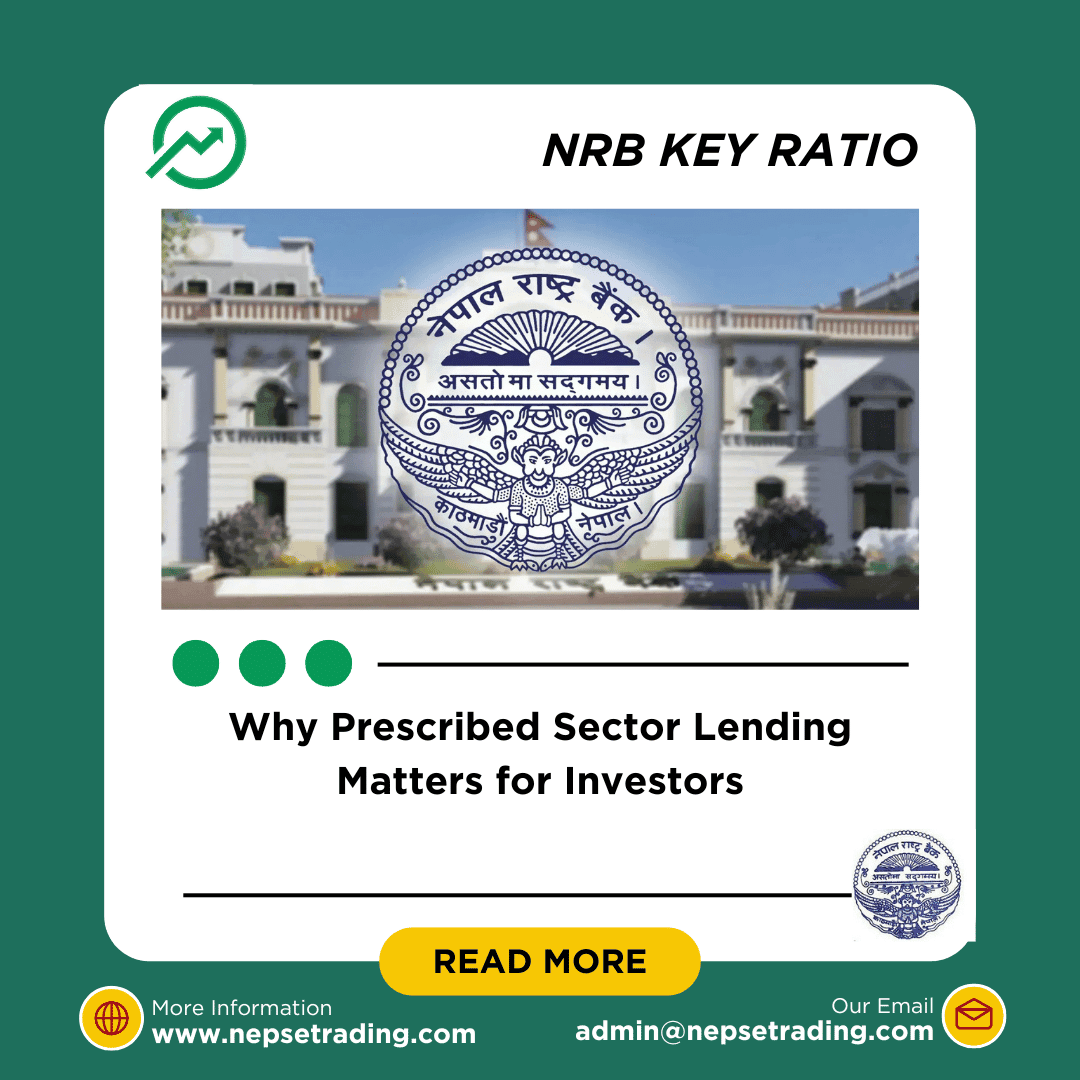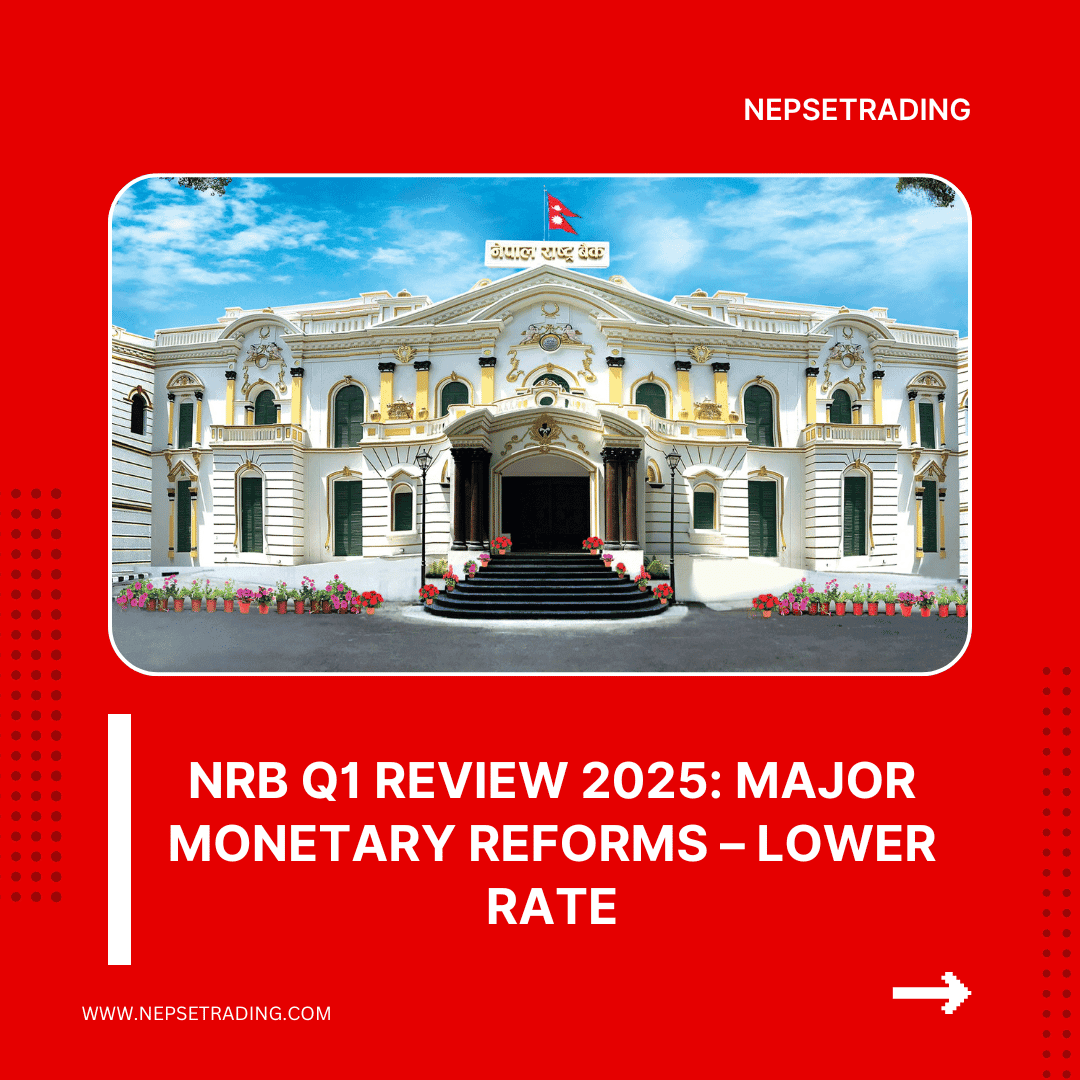By Sandeep Chaudhary
Why Prescribed Sector Lending Matters for Investors

Prescribed sector lending has become one of the most important benchmarks in evaluating the strength and sustainability of Nepal’s commercial banks. The Nepal Rastra Bank (NRB) mandates banks to channel a minimum percentage of their lending portfolio into agriculture (11%), energy (6.5%), and micro, cottage, and small & medium enterprises (MCSME – 11%). These thresholds ensure that the banking sector not only pursues profitability but also contributes to the real economy, driving job creation, rural income growth, and infrastructure development.
For investors, these mandates matter because they reveal a bank’s risk appetite, compliance culture, and future growth orientation. Banks that meet or surpass these limits—like Agriculture Development Bank (59.55% total prescribed sector lending), Nepal Bank Limited (36.97%), and Rastriya Banijya Bank (36.46%)—show their commitment to priority sectors. Similarly, private sector banks such as NMB Bank (31.95%), Prabhu Bank (31.27%), and NIC Asia Bank (30.85%) are actively investing in agriculture, energy, and SMEs, which indicates alignment with NRB’s policies and resilience through portfolio diversification.
In contrast, banks with weak exposure—such as Standard Chartered Bank Nepal (33.08% total prescribed lending, with only 0.29% in agriculture and 4.55% in SMEs) and Everest Bank (30.87% but just 0.09% in agriculture)—may maintain safer corporate-heavy portfolios but risk regulatory scrutiny, missed growth opportunities in productive sectors, and reputational concerns in an economy where inclusive finance is politically and socially significant.
From an investment lens, prescribed sector lending shows more than compliance—it highlights a bank’s ability to tap into government-backed growth sectors, build long-term trust with regulators and customers, and hedge against concentration risk in corporate lending. Thus, prescribed sector lending has direct implications on future profitability, risk exposure, and sustainability, making it a must-watch metric for depositors, investors, and regulators alike.









